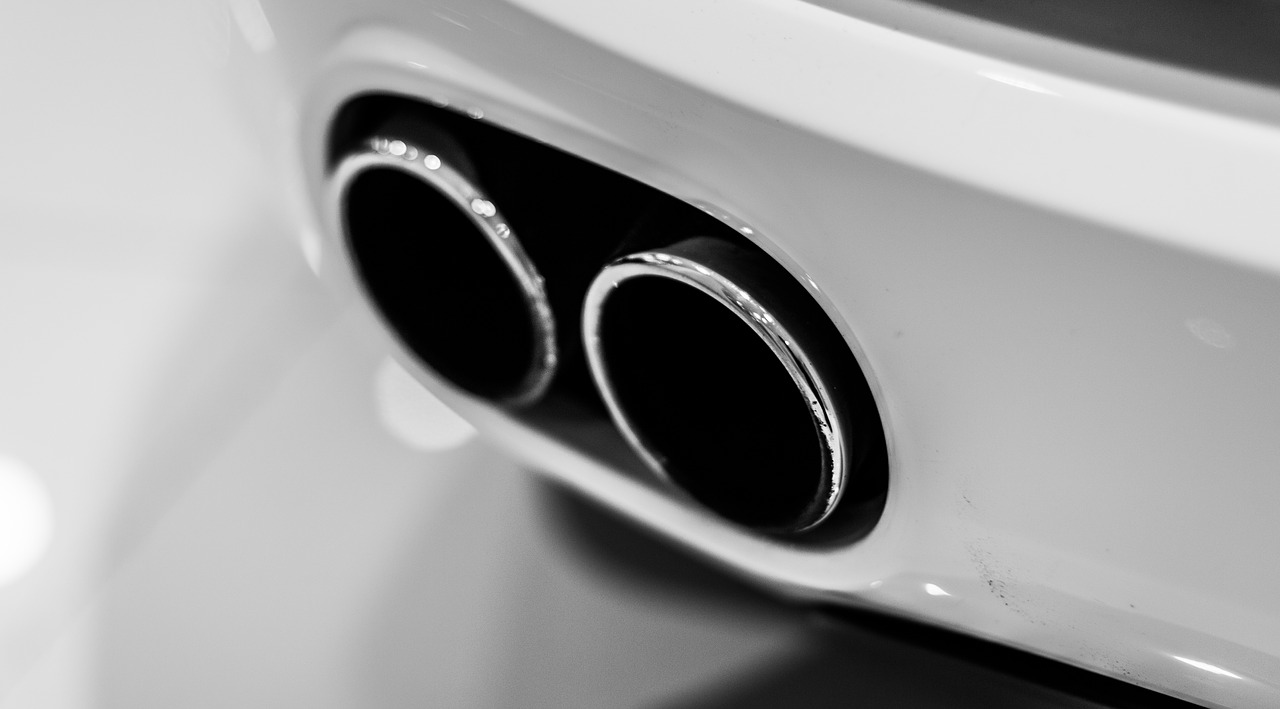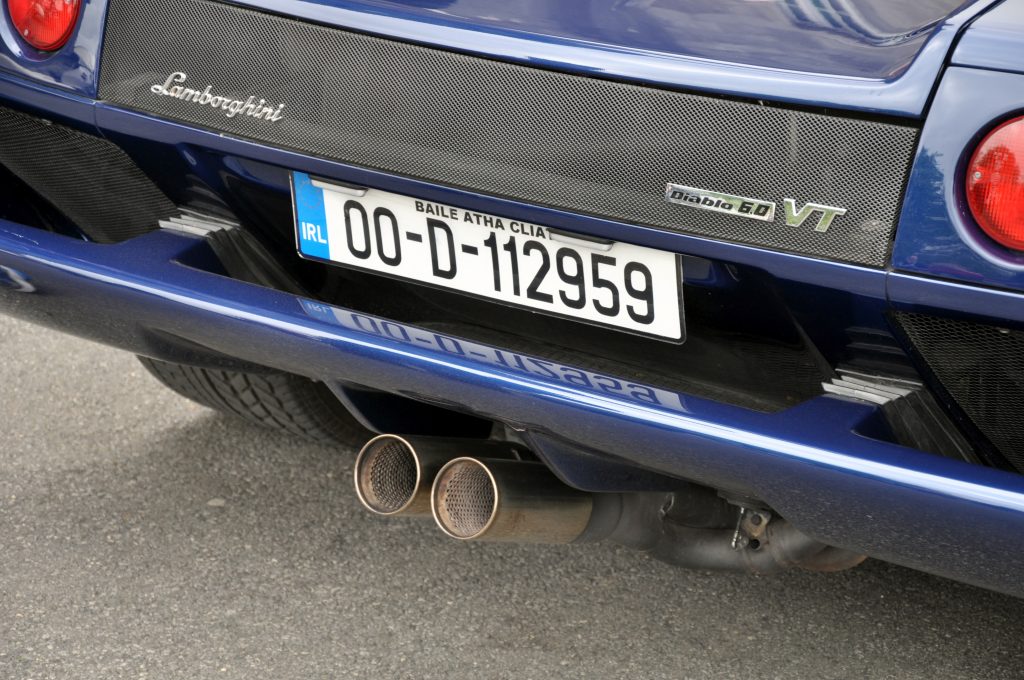Summary
– Blue Smoke Exhaust: Symptoms and Diagnosis
– Blue Smoke Exhaust: Causes and Repair
– Repair costs for blue smoke
Smoke coming out of the exhaust pipe is a common phenomenon, especially on diesel vehicles. However, if the exhaust is blue, it is because of a mechanical problem. Let’s take a closer look at the symptoms, causes, diagnosis and repairs for blue exhaust smoke.
Blue Exhaust Smoke: Symptoms and Diagnosis
Blue exhaust smoke is not always visible from inside the car. However, the symptom is noticeable when an odour of burnt oil wafts through the vehicle, especially if the windows are open. This smoke can be visually detected when accelerating.
Blue smoke from the exhaust usually results in higher engine oil consumption. Older vehicles with high mileage tend to consume too much oil, leading to blue exhaust smoke.
If the oil level in the crankcase drops as soon as blue smoke is emitted from the exhaust pipe, there is probably a defect in some engine components.
Important: This is no job for amateurs here. If you want to avoid an impending engine failure, it is essential to contact a professional mechanic who will diagnose the problem urgently.
Blue smoke in the exhaust: causes and repair

Defective piston rings
Consequently, a defect in the piston rings can cause blue exhaust smoke. These rings are cylindrical steel parts mounted on pistons, and the ring system seals the combustion chamber and improves the compression ratio. If the compression ratio drops, it means that the engine power is low. On the other hand, the higher the compression ratio, the more powerful the engine.
When a ring loses its seal, oil tends to spill into the combustion chamber to be burned, resulting in blue smoke in the exhaust. It may be considered for replacement, but in some cases, engine replacement will often be recommended.
Blue exhaust smoke caused by valve stem seals
Valve stem seals seal the valve stem. When the seal is worn, the engine draws oil from the stems. The lubricant enters the combustion chamber when the valve opens for airflow. It is strongly recommended that the valve stem seal be replaced. Again, this is no job for amateurs. Play safe, bring your car to an auto garage with the necessary competence.
Blue smoke in the exhaust caused by the injectors
Injectors are mechanical devices that transport fuel into the engine’s combustion chamber. If the injectors are damaged, the ignition does not work correctly, and the fuel is not burned. This usually results in bluish smoke in the exhaust. It is therefore recommended to change the spark plugs or even the injectors to remedy this problem.
Good to know: periodic maintenance of the vehicle is necessary to check specific components, such as the air filter, the intake manifold, the compressor or the turbo-compressor. If one of these is defective, you should not hesitate to replace it to avoid the exhaust emission of blue smoke.
For further reference:
- Car Servicing & Repairs
- Car Mechanic
- Car Log Book Service
- Roadworthy Certificates
- Pre-Purchase Vehicle Inspections
- Brakes & Suspension
- Fleet Servicing
- Log Book Servicing
- Tyres & Wheel Alignment
- Luxury Car Service
Please, don’t forget to share this post and tell us how you find it? Should you wish to read on a particular topic, don’t hesitate to jot it down below. Hope this post has helped you better understand why a car would be emitting blue smoke. If ever a mechanic talks about this issue, you’ll now feel confident of grasping what he is talking about!


